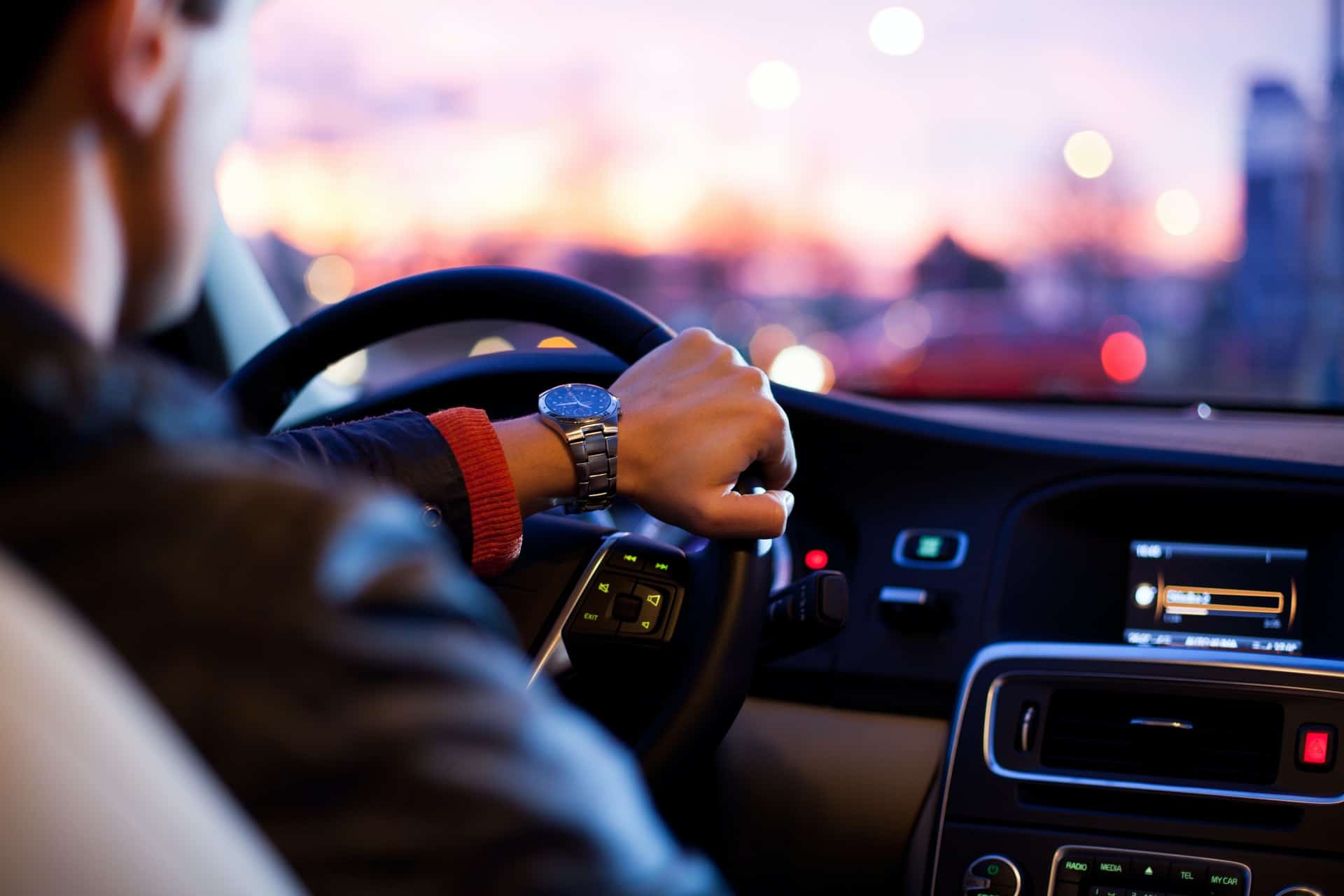The best way to avoid getting a DUI is to avoid drunk driving altogether. If you go out and plan to have a few drinks during your outing, be sure to check first and avoid getting drunk. You need to exercise self-control and avoid putting yourself in a situation where you feel your only option is to go home drunk. If you’re visiting friends or loved ones, consider staying the night instead of driving. If finding a place to stay overnight where you are is not possible, you can find a ride to take you home. Call a family member, friend, taxi, or Uber to take you home safely.
How to Avoid Drunk Driving
(i) Alcohol-Impaired Laws
Alcohol-impaired legal guidelines make it unlawful for anyone to drive with a BAC that is beyond the designated level of 0.05% or 0.08%, according to state laws. It is unlawful for people who are below 21, to drive with any measurable quantity of alcohol in their body. According to these legal guidelines, the minimum age for drinking alcohol is 21 years in all 50 states and this has saved tons of lives.
(ii) Police Checkpoints
Public checkpoints allow the police to stop vehicles in specific visible locations and if they find out that the driver is intoxicated, the police have the right to arrest them. These safety checkpoints should be made public through media awareness campaigns and conducted regularly to bring a greater impact.
(iii) Police Patrols
Police should carry out visibility patrols. This is when a group of police officers patrols a particular area, especially times and places where drunk driving accidents have been too common. Police should have these patrols and safety checkpoints regularly and create awareness among the public.
(iv) Ignition Interlocks for Vehicles
Vehicles should have an ignition interlock that will prevent them from starting if the driver has a high concentration of alcohol in the blood that is above the required level, 0.02%. Every vehicle should have an interlock installed because it’s very effective and helps to prevent a recurrence of drunk driving accidents. Interlocks can have a greater impact if well incorporated with alcohol assessment and treatment programs to avoid repeat cases once the interlock is withdrawn.
(v) Assessment and Treatment Program
Every driver who has ever been arrested because of drunk driving should be incorporated into an assessment and treatment program to ensure close monitoring and offer individualized help. These programs can help to change the behavior of drunk driving offenders.
(vi) Identify the People at Risk
Health care, colleges, universities, and other settings should embrace the idea of alcohol screening to identify the people who are at a high risk of alcohol problems and offer early treatment. This will help such people know how to avoid a DUI conviction.
(vii) Multiple Interventions
The government can come up with several programs and policies that will help in preventing drunk driving and will also educate people on how to avoid a DUI conviction. Coalitions and task forces can take the forefront to sensitize the community and spearhead its implementation.
Drunk driving or impaired driving is quite dangerous, the consequences are so devastating and costly and every driver should know how to avoid a DUI conviction through safe driving techniques.
